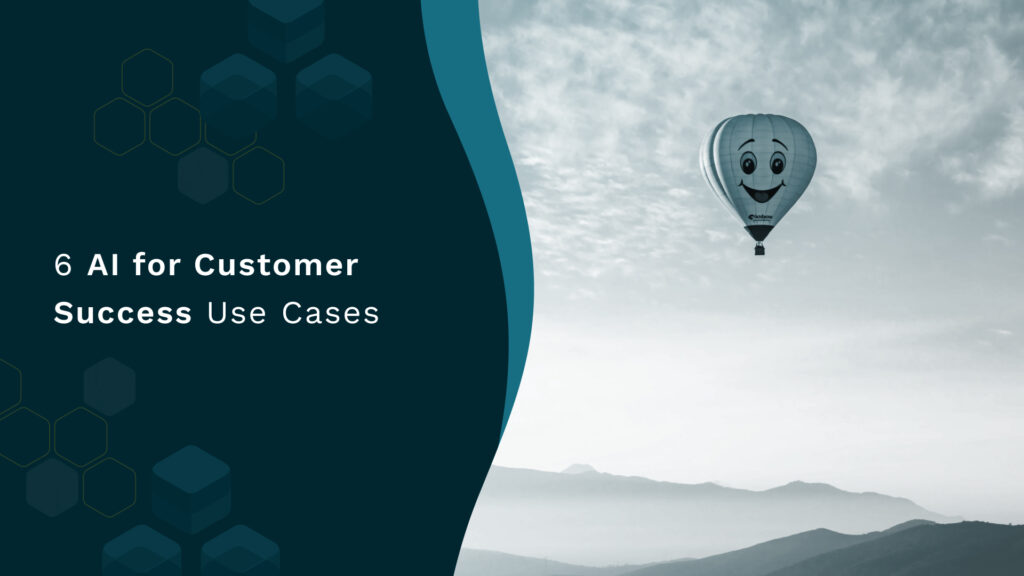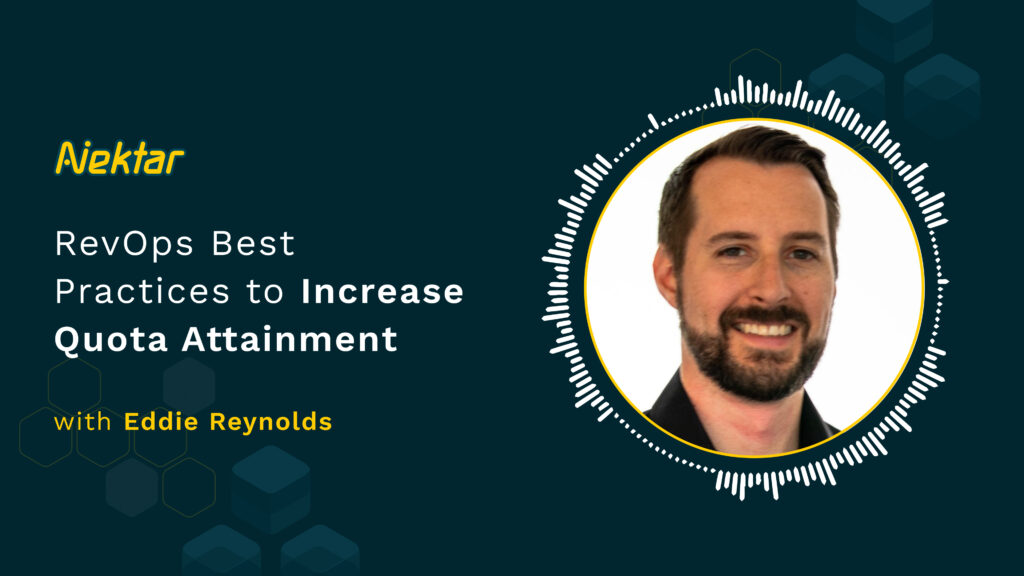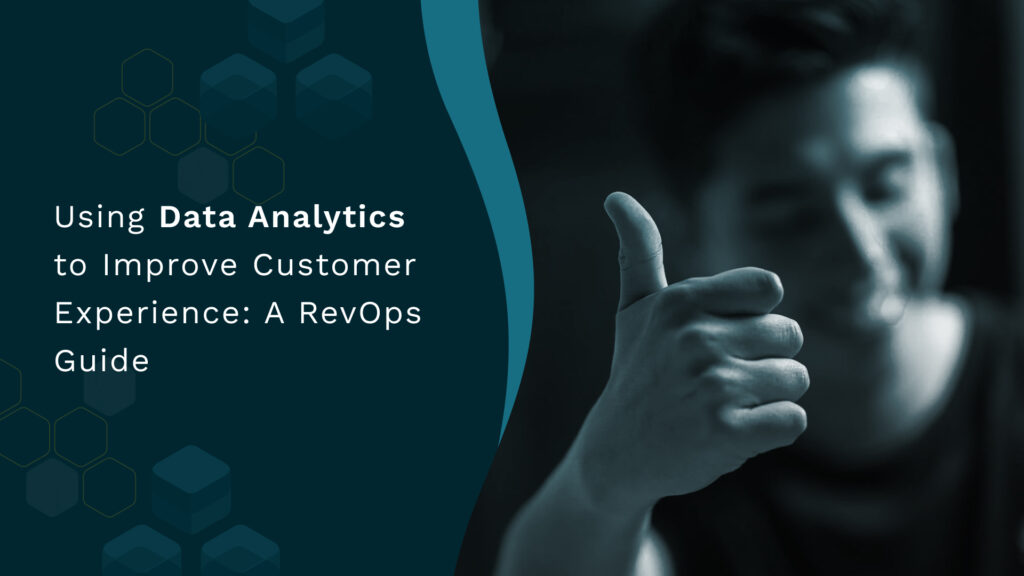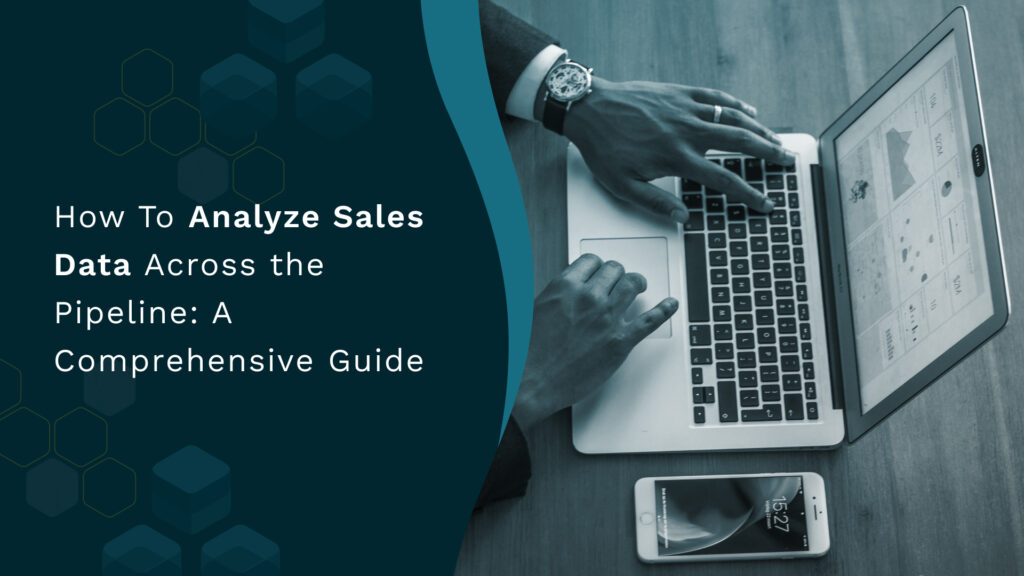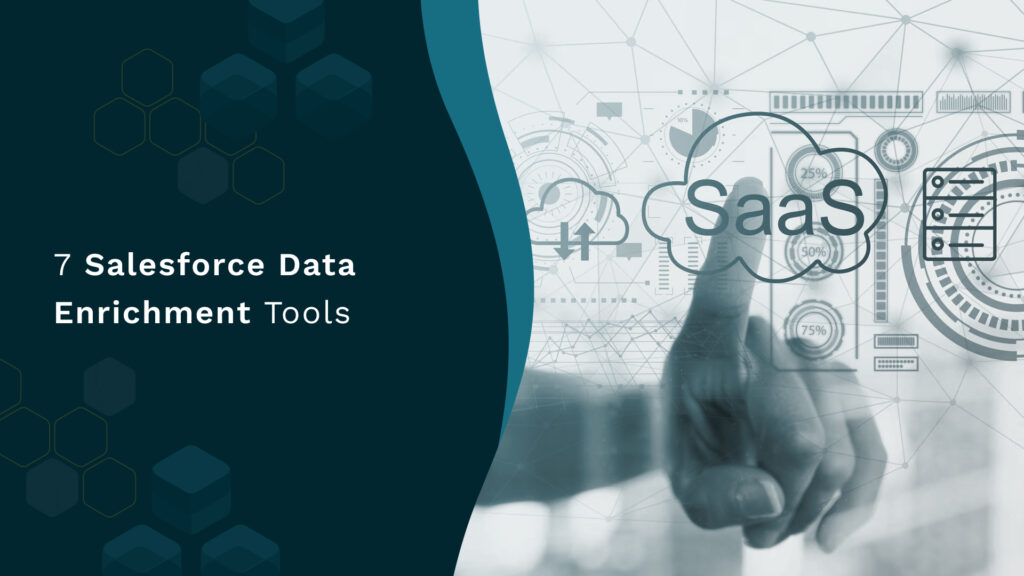5 Ways Siloed Data is Burning Your Revenue
5 Ways Siloed Data is Burning Your Revenue There are various reasons why revenue might be falling for your company. Most of these reasons might be in your radar, and your strategy might include improving on those parameters in the next quarter. But there is one silent killer in your revenue engine you might not be aware of. Ignoring this aspect can cost you heavily. This is the case of siloed data. 90% of organizations cite data silos as a challenge to growth. And data inefficiencies cost organizations an average of $12.9 million every year. Dependence on incorrect, incomplete, or stale data leads to erroneous decision-making that hurts revenue. Most of these issues related to data originate from data silos. What do we mean when we say data inefficiencies? Using incorrect data to drive decisions across the organization or basing a new revenue strategy on the shoulders of stale data in your systems are some examples of data inefficiencies. How can organizations make data-driven decisions that drive revenue? Is there a need for more data? Definitely not. Every organization has their own data that can be leveraged to make powerful data-driven decisions. But most of this data is stuck in systems that don’t talk to each other. Enabling this data to flow freely along the revenue engine can help capture critical information to understand your business better. Data-driven organizations are 23 times more likely to acquire new customers, 6 times more likely to retain them, and 19 times more likely to be profitable. First Up, What is Siloed Data? Siloed data is information from revenue-generating activities like sales, marketing or customer success that is stored in isolated tech stacks. This data is controlled by one team but inaccessible to others. For example, marketing team might create revenue generating strategies with the data within their own tech stack. This data is not related to data that sales or customer success has. As a result, these departments keep working within their own confines, without having access to the same data, or devising ways to support each other. Such silos hampers organizations as revenue generation is no longer the responsibility of just sales or marketing. It’s a team effort that demands all customer-facing functions to come together and refer to a single source of data. This is where revenue operations thrives as a function. A data pile-up leaves everyone puzzled, and organizations pay dearly in terms of unaligned goals, internal competition, siloed thinking, and stunted growth. How is Siloed Data Created? Most departments don’t have access to unified, strategic data for cohesive planning. For instance, 47% of marketers blame data silos as their most significant problem for extracting insights from data. Why is it that data silos thrive? Here are three key reasons: 1. Siloed departments Departments within the organization often have individual goals to achieve. Along the way, they may miss the point of setting these goals – for the organization’s collective growth. As a result, they operate in silos concentrating on their own targets. It mainly creates problems when customer-facing teams – marketing, sales, and customer support – start functioning in isolation. The common objective is to increase revenue and retain customers, and these teams must collaborate closely for success. But with differentiated tech stacks for each team, it’s incredibly challenging to use one department’s data for another. As a result, sales and marketing teams often end up at loggerheads and can’t align GTM strategies. The numbers are shocking because as much as 90% of sales and marketing professionals report misalignment in strategy, among other things. And it’s estimated that this misalignment costs businesses over $1 trillion each year. 2. Cultural resistance Even as digital transformation sweeps the world, 54% of organizations manage customer-facing operations in silos. In organizations that don’t follow a culture embedded with data, teams face challenges in deriving valuable insights from data. Only 25% of employees think they can leverage data to their benefit. Then there’s limited knowledge of new technologies. Sometimes, leaders find upgraded systems challenging to comprehend. Since they hold key positions, accepting this shortcoming and stepping up digital transformation could feel overwhelming. 84% of employees think leaders should move to more modern tech stacks to capture business opportunities. The result of this cultural resistance? Organizations end up sticking with legacy systems thinking these will perpetually perform well. 3. Separate tech stacks 72% of customer interactions are now via multiple digital touchpoints. Enterprises with data silos store information from individual touchpoints separately, giving rise to irregularities as data collected from each can be vastly different. And companies that don’t keep up with digital transformation risk losing nearly $7 million. Moreover, as technology evolves, companies may add more tools to their tech stack for various functions and departments. With each clashing effort, this stack keeps growing and creating unmanageable siloed data if integrations aren’t in place. And while applications are on the rise, integrations aren’t increasing equally. In 2022, an organization had 976 applications on average. But only 28% of these apps were integrated. 5 Ways Siloed Data Is Damaging Your Revenue Maintaining data silos is doing more harm than good to businesses. While you must uphold customer confidentiality, not sharing a ton of other information will impact revenue adversely. Below are 5 significantly adverse effects of siloed data. 1. Missed business opportunities 30% of respondents in a survey by CMO Council and Televerde stated they faced challenges in hitting revenue targets because of organizational silos. And that’s not all. 84% of employees are missing business opportunities by not moving to modern data solutions. Fostering a ‘data ownership’ culture over a ‘data sharing’ one has a far-reaching impact on identifying new prospects and nurturing those in the sales pipeline. Unhealthy competition among teams further motivates them to fulfill internal targets while ignoring external possibilities. It also deepens the rift when leads handed over from marketing to sales don’t come with the right set of data. 2. Unfavourable customer experience This lead handover also translates into cumbersome customer experiences. Most businesses have multiple customer touchpoints. If data from each is unlinked, sales teams have less visibility on which part of the

